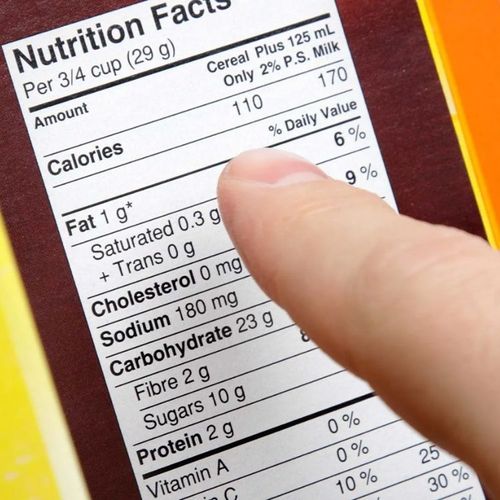The latest US Food and Drug Administration (FDA) rules allow manufacturers to list "0 trans fats" on the labels of foods that have less than 0.5 grams (g) of trans fats per serving.
Because official serving sizes are often unrealistically small, it would be easy to consume several servings a day of products that have less than 0.5 g of trans fat, resulting in a significant intake during the course of a week.
Example: Benecol, a soft-spread substitute for margarine or butter, is advertised as promoting heart health by lowering cholesterol. It does this-but it also contains "less than" 0.5 g of trans fats per tablespoon.
This means that if you used one tablespoon four times a day, which is the amount recommended to lower cholesterol, you could consume nearly 14 g of trans fats in a week, just from Benecol spread alone.
Explanation
Barbara Schneeman, director of the FDAs Office of Nutritional Products, Labeling and Dietary Supplements, says the reason the FDA is allowing foods containing less than 0.5 g of trans fats to be rounded down to 0 is that current detection methods for trans fats are not very reliable for amounts less than 0.5 g.
However, nutritionist Samantha Heller, from New York University Medical Center, takes a different view. "I don't understand why that's acceptable. It will add up over time." she says
Look For 'Hydrogenated'
To protect yourself from unknowingly consuming too many trans fats, Heller suggests. "If you see a food with 0 trans fat, check the ingredient list. Look for the words, 'partially hydrogenated. 'If you see partially hydrogenated, that means the product contains some trans fats."
The FDA adds that products that have shortening or hydrogenated oils in their ingredient lists also contain some trans fats, and if they appear at the beginning of the ingredient list, the product contains more trans fats than if they are further down on the list.
However, both Heller and Schneeman emphasize that trans fats are only part of the picture. "You can't look at trans fat alone. Some manufacturers might have eliminated trans fat by using products that are high in saturated fat,,, says Schneeman.
"What we encourage consumers to do to help lower their cardiovascular risk is to look at trans fat, saturated fat and cholesterol levels. A product can have 0 grams of trans fat, but what is the amount of saturated fat?" Schneeman adds.
"Be careful," says Heller. "Many companies are replacing trans fats with saturated fats. Just because something has zero trans fats doesn't mean people can eat as much as they want."
